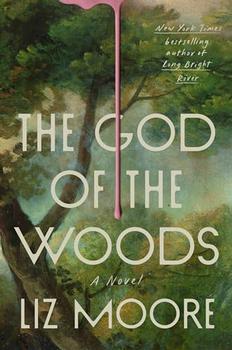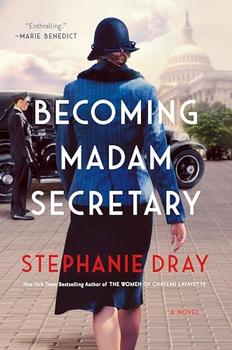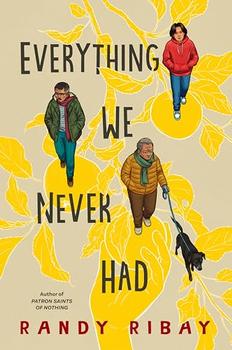(5/16/2016)
“’Welcome to Borg’, Britt-Marie reads, while she sits on a stool in the darkness and looks at the red dot that first made her fall in love with the picture. The reason for her love of maps. It’s half worn away, the dot, and the red colour is bleached. Yet it’s there, flung down there on the map halfway between the lower left corner and its centre, and next to it is written, ‘You are here’. Sometimes it’s easier to go on living, not even knowing who you are, when at least you know precisely where you are while you go on not knowing.”
Britt-Marie Was Here is the third novel by Swedish blogger, columnist and author, Fredrik Backman, and is flawlessly translated from Swedish by Henning Koch. Britt-Marie, now sixty-three, will be remembered as a pedantic, officious, overbearing secondary character from Backman’s second novel, My Grandmother Sends Her Regards and Apologises. She has had to face some unpleasant facts about her husband, Kent, and presents herself (for quite an unusual reason) at the unemployment office, seeking a job.
Britt-Marie is sent to Borg, a remote town in the process of shutting down, where she is to act as temporary caretaker at the Recreation Centre. Britt-Marie arrives alone, but finds herself forced to interact with the (not-altogether-welcoming) townspeople, many of whom she is eventually proud to call friends. She finds herself somehow appointed trainer/coach of a group of muddy children who play football in the car park, including a sassy girl and her entrepreneurial younger brother, a boy who admires Britt-Marie’s hairdo, another who can almost kick goals and a young Somalian.
Somebody who “…has one of the worst hairstyles Britt-Marie has ever laid eyes on, as if she’s combed her hair with a terrified animal”, runs the Borg Pizzeria which also serves as a Post office, grocery store, off-licence, car repair and health centre; cranky Karl visits to collect parcels; a pair of grumpy, bearded men spend days there drinking coffee; Sven, the multi-talented (by virtue of courses completed) cop keeps an eye on things; Bank, of generous body and impaired vision, apparently has a room available; Fredrik turns up regularly (with son Max) to flaunt his big BMW; and a certain Snickers-loving rodent also plays a role.
Britt-Marie has firm beliefs on many topics: how the cutlery drawer should be arranged; why dead bodies start to smell; writing lists in pencil; keeping appointments; the importance of a quality window cleaner; the power of bicarbonate of soda; and the correct time for dinner (6pm sharp!). She may be faced with uncooperative bureaucrats, football-obsessed children and rude townspeople, but Britt-Marie is a force to be reckoned with. And “She may not know a lot about football, but even the gods know that no one is more skilled at lists than Britt-Marie”.
Backman once again combines an abundance humour with heartache and plenty of words of wisdom as he touches on a variety of topics: loneliness, loyalty, the need to feel useful, Obsessive-Compulsive Disorder, the superstitions of football fans, infidelity, guilt, grief, pride, insecurity, and community spirit. His quirky characters and the charming logic of the children make this moving and uplifting novel a delight to read, and fans of his earlier books will not be disappointed.



